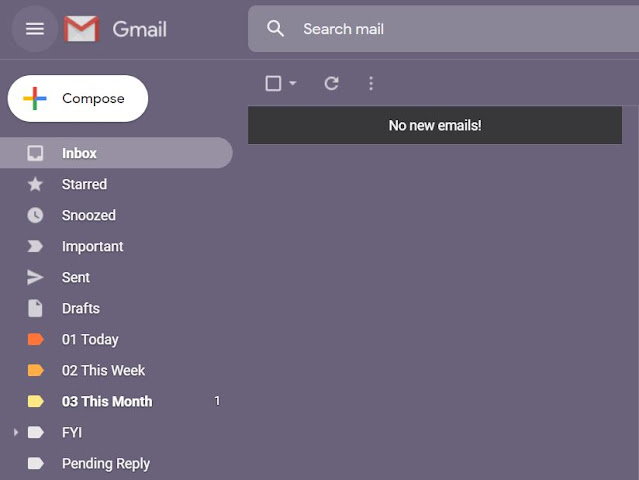A few years ago, when I started receiving my first few paychecks, I remember casually asking my elder sisters: “How much should I save?” And their resounding answer was: “As much as you can!” I’ve often kept that moment in mind whenever making financial decisions. I hope you noticed that since I had to ask this when I was already earning, money wasn’t a usual topic of discussion when I was growing up. My parents almost never talked about it except to remind us to save. I still try not to think about it, but even then I knew that it was something that I had to keep myself on top of. So, I decided to create a system that would allow me to control my inflows and outflows without too much complication.
Again, I must emphasize that I’m
no financial expert, so this post won’t tell you what to do with your money.
Instead I’ll try to share with you my system as an example, and a simple one at
that. I’ve been using it for the past three years, but I’ve been planning on
redesigning it soon. Nonetheless, it has served me well and has done what I’ve
needed it to do.
Hopefully, this leads to some
adulting geoscientists to take their money matters more seriously and at least
give them some idea of how to start. And if I’m doing something wrong (that I’m
unaware of) hopefully someone more experienced can kindly point it out.
My system
First, my system requires tracking all my expenses. Because of this, I prefer to use an app on my phone, which I bring with me wherever I go. In my app, I have four “virtual wallets” or accounts which I use to separate my short-, medium-, and long-term savings. I call them Kilo, Mega, Giga, and Tera – referring to how much money I plan to keep in them in the long-term, and how often I plan to take money from them. Bear with me here, but I will start with the 4th one, Tera, and work my way down to the 1st and smallest one, Kilo.

